These days, note-taking apps tend to add a whole lot of features. Most OneNote or Evernote users aren’t utilizing half of those features. In fact, these simpler, uncomplicated notepad apps can actually make you more productive.
A lot of productivity is about discarding unnecessary things that you think are necessary. Strip the useless bits of note-taking apps and you’re left with lean and mean productivity tools, ready to get things done. It’s something that the Notes app on macOS and the ever-popular Simplenote app do well. And that’s the philosophy that more apps have taken up.
So try out these free web-based notepads, ready to jot down what you have to say. And each adds a little something to make your life easier.
Nooot (Web): Always-Saving Web Notebook With a Unique URL
Notepads and notebooks are best when you don’t need to actually click the save button. When you type anything, they should save it automatically. Not only does Nooot do that, it also gives you a unique URL.

Here’s how it works. Go to the site and choose a unique URL to type into the box Nooot provides. If successful, that’s your notepad from now on, saved forever. And yes, it’s completely free. Any time you want to access that notepad, just go to Nooot and type it in the box again. Simple, eh? Plus, you can make as many such notepads as you want.
The only missing feature is any password protection in your Nooot. That means anyone with your Nooot URL can also visit your notepad. If you plan on saving any sensitive information, make your URL like a unique password.
Take A Note (Web): Password-Protected Quick Notepad
So let’s say you want something more than what Nooot offers, especially some password protection. Turn to Take A Note. But only if you want the password protection because otherwise, Nooot is better.

Take A Note is a large, blank notepad ready for you to write notes immediately. You can also change the URL to a custom address you remember. And there’s the ability to add a password at any time you want so that no one can tamper with your notes.
Be careful though, the password protection turns the note into read-only mode. If you want to edit it, you’ll need to remove the password, delete or add text, and then password-protect it again.
Dictation.io (Web): Quick Voice Notes and Support for Multiple Languages
Don’t you love it when a no-fuss, no-signup productive app does everything right? Meet Dictation.io, a voice notes app that works through your browser and supports multiple languages. I haven’t seen anything like it before.

Using the app is as simple as it gets. Fire it up, choose the language you are going to speak in, and click the Start button to begin talking. Dictation.io will listen to what you say and turn it into written sentences in the notepad. Apart from the Roman alphabet, it can take dictation in other scripts like Espanol, Russian, Arabic, Hindi, Japanese, and more.
The notepad itself also includes some cool features. You can format the text with basic formatting tools, like bold, italics, strikethroughs, and so on. And the entire notepad can be saved to your hard drive or exported as an email or tweet. And of course, you can print it out if you want to.
RexPad (Web): Powerful Yet Fast Full-Featured Notes App
With the number of things RexPad packs in, you’d expect it to be a little slow. But this app surprises you with how fast and lightweight it is, while still offering the kind of features you see in heavy apps like OneNote or Evernote.
RexPad is text-only, but it achieves everything you want in a text-only notepad. You can write notes with full text formatting, to-do lists, bulleted lists, and anything else you can think of. The to-do lists actually have checkboxes to tick once you’re done. You can add hashtags to tag similar notes, and the powerful search feature is lightning-quick at finding what you want.
The app also includes a simple note-sharing feature to collaborate with others. Share the link with any email address, and they can see and edit the note as long as they register for Rexpad. Give it a try, the look and feel of this one might be just what you have been looking for in a notes app.
Snippetnote (Web): Notes That You Copy-Paste Often
There are somethings that you tend to write often in different places, like your full home address or a favorite emoticon like the shruggie. It’s easier to use a text expander for these, or copy-paste them from a clipboard. Snippetnote does just that.

It can seem a little strange to use a clipboard as a notepad, but try it out. The Snippetnote developers are on to something here. Start adding notes you use often to the app, and see how it retains text formatting to ensure a good copy-paste experience. In fact, Snippetnote works exceptionally well with code syntax and highlights, making it a valuable tool for coders.
It’s also nice to have an app that works across devices, where all you need to do is sign into a website to access your frequently used snippets. Given that it’s mobile-friendly, the cross-use between desktop and mobile is welcome.





